Bidding adieu to the Maharaja: Ad & brand gurus get nostalgic, but stress on moving on
It’s always hard to bid goodbye to something that has been a part of our lives for a long, long time. As per news reports, the regal-looking, somewhat roly-poly Maharaja mascot of Air India is set to be retired.
Conceived by Bobby Kooka, the then Commercial Director of Air India, way back in 1946, and illustrated by Umesh Rao, who was an artist with ad agency J. Walter Thompson, the Maharaja created a royal and luxurious association of flying with Air India.
However, with the acquisition by Tata Group, many changes are being brought about at the airline, and replacing the Maharaja with something more contemporary and relatable with flying in today’s times, is inevitable.
Adgully reached out to some of India’s leading advertising and marketing gurus to know their views on the phasing out of the Maharaja, what the brand mascot had come to signify over the years, and whether the Maharaja is an aging reminder of a bygone era, or a strong brand icon that needs to be preserved.
Industry Speak
Dr Sandeep Goyal, Chairman, Rediffusion:
"The Maharaja is cute. And he is ageless. In a unique sort of way he still represents a royal, a regal, a rich India. Jettisoning him might be a brand imperative but I am not sure if he’s really reached retirement age!
I am told the good ole Maharaja will now get a ‘desk job’ - he will not fly but just welcome visitors to lounges. It just tells you he’s still relevant, just that he doesn’t fit well into the PPT of the smart strategist at Air India. Personally I will miss him."
Naresh Gupta, Co-Founder & Managing Partner, BangInTheMiddle:
"When a brand has to look forward and build a new future, it needs a clean break from the past. Maharaja has lived its life as a mascot and its time Air India moved on to a new brand world. Air India anyways kept the Maharaja in semi-retirement mode for almost two decades where the Maharaja Mascot had no formal role in the brand world. I have interacted with Maharaja Lounge as a consumer of the brand, but do not remember interacting with the mascot itself.
Maharaja will always remind everyone of the glorious past, of the time when life was slow and languid, of the times when people wanted to be looked after and flying was a rare event. Today is a new world, we look towards a brighter, happier future, the meaning of hospitality has evolved, flying is relatively more common, the frequent flier looks for a more familiar environment and this is where Maharaja doesn’t work. I would expect Air India to keep the Maharaja alive more as an historical brand symbol, future is not something where the mascot can play a role.
Air India needs far more than a new mascot, and I'm sure when they unveil the new identity they will build as solid agenda and brand symbol for future."
Karan Taurani, SVP, Elara Capital:
"I think it is time that the Maharaja mascot is moving away. This has actually been very iconic and very old. One of the oldest airlines that we have in the country today, in terms of a mascot as well.
I think it's time to move to rebranding and create a new brand mascot or a new brand image, for Air India after TATA has acquired it. That is the reason why we are seeing the retirement of the mascot.
One is that a lot of loyalty factor came with that, Second, a lot of trustworthiness came with that mascot in terms of appeal. And third, of course, is that the mascot really was something which was showcasing India.
Air India is one of the government based airlines. Earlier in the Indian airlines, so it was portraying the Indian image. I think the mascot was just positioned that way that was portraying an Indian individual image per se.
Either they could keep this Maharaja and probably revamp it in some or the other way so that it looks different, or they create another new icon put together. So I think they would probably create a new icon and they would probably create something on the lines of Maharaja.
We have seen a lot of companies transitioning, I think similar things will happen here as well, wherein they create a new icon which will be something new and different. But on similar lines, it will offer that image, that solid trustworthiness and loyalty factor as to what Maraja had offered."
Lloyd Mathias, Angel Investor & Business Strategist:
"It's an interesting move, though I'm not sure if it's the most wise move. I think one is clearly the acquisition of Air India by Tata. I think they want to send out clear signals that this is a new airline while it still bears the name Air India. I think a lot of the approach, the passenger service, a lot of these key areas are now going to be different. So in a sense, that's a good way that things have changed. This is not the old government run Air India, in that sense, I think it's an interesting move.
Air India Maharaja had been built over time and obviously it was done after the time when Air India was symbolic for India and the Maharaja was, in a sense, how India wanted to attract customers around the world, India's old royalty. Moving on from there is an interesting choice made by the current management - The Tatas.
Icons have a certain value, a certain association, and after a while, sometimes when you want to signify a change, you may want to make a change. However, there have been icons that have stood over time. One classic case is the Amul girl, she's been used now for more than 40 - 50 years, the other is Asian Paint’s Gattu, which has been another mascot. I think the Air India Maharaja has been made symbolic of Air India because it conveyed a lot of who India is to the world.
But if you look at what India is better known for today in the world, it's no longer about the landmark. Today India has a lot more things that work for it. Things like software, information technology, engineering, and the whole new world skills. So in that sense, I think it's a nice break from the past, though. Until we understand the whole communication strategy of what is being planned in isolation, it'll be difficult to say whether it's a good move or a bad move. But I think it's interesting and it's not entirely surprising."
Jagdeep Kapoor, Chairman and Managing Director, Samsika Marketing Consultants:
"Neither are consumers ‘tired’ nor is the Maharaja ‘retired’ , because it is strongly present in the minds and hearts of consumers.
Air India’s Maharaja has signified the rich cultural heritage of India and the royal service provided by the airline, where they treat you like a Maharaja.
You must be ‘loyal’ to the ‘royal’ Maharaja and this brand identity should be continued , connecting the glorious past, with the premium present and the progressive future.
Nothing can replace the Maharaja. It should be retained. Changing it would be akin to changing the brand name Air India itself, since it is part of the brand identity for so many decades. Also, once someone had tried to displace it and had to later on reinstate it."
Mitesh Kothari, Co-founder and Chief Creative Officer, White Rivers Media:
"While the Maharaja has been an iconic representation of the airline's heritage, modernization and branding considerations may be the need of the hour. It is sometimes essential for brands to strike a balance between honouring tradition and adapting to the evolving market dynamics to ensure a successful transition. The distinguished Maharaja image with folded hands is certainly one of the first to flash our minds when we think of Air India. But we need to realise that the generation having this nostalgia is only one part of the large population that travels today. There’s also a new generation forming a significant portion of fliers today for whom the definition of flying has radically changed from what it used to be years ago. For them, flying is not a luxury but just a mode of transport. Times have changed and embracing a fresh, contemporary approach could potentially resonate better with a broader audience."
KV ‘Pops’ Sridhar, Global Chief Creative Officer, Nihilent Hyper Collective:
"Air India should leave the baggage behind and look forward. Tata is known for hospitality with their hotel chains and honesty. Maharaja is a symbol of hospitality, you will be treated like a Maharaja. Maharaja's hospitality means the consumer is king. You should not leave the hospitality, but certainly should shred the maharaja image because it's very old fashioned, people will not connect.
It is the first Indian airline, during that era, luxury, hospitality and then to be treated like a king was a very big concept those days, which took off.
Even if you see those days pre independence era or around that time, all airlines were started by the governments, by the states. Therefore, when people are flying, they will fly their own country's airline. But a lot of private players came and then they started taking over the government.
Nobody wants to be a great, great grandfather’s brand. So, they have to adapt to the newer generations at the same time, not lose the values. Maharaja and India have got great respect in the world for many things. The new generation, which will take pride, needs to go forward rather than look backwards. Therefore, they need to be the symbol of brand new India, which is completely different from what it used to be 10-15 years back."
Nisha Singhania, Co-Founder and Director, Infectious Advertising:
"Brands need to renew themselves and change with the times to remain relevant.
Air India Maharaja has stood for decadence, all things Royal and therefore unparalleled hospitality.
But unfortunately in today’s day and age for an airline efficiency and modernity are more relaxant. Air India needs to improve its image on these parameters and hence the change is imminent."
Aashutosh Katre, Director, Yellow Seed:
"The ‘Maharaja’ of Air India is iconic in several ways. It has been an emblem of heritage, royalty and pride associated with the airlines for decades. And the bond and love for the Maharaja has continued its journey through generations. When the Tata group acquired Air India, we witnessed showering of the same love and warmth from brands and people at large. It was viewed as the perfect match and the widespread sentiment was that an illustrious brand such as Air India was returning to where it belonged.
There is a large section of the audience who believe that the Maharaja and Air India are an unison and cannot part ways. As the airline reinvents itself, the communication and the mascot should also hit refresh and turn contemporary. In the age of Ai, audiences would love to see a new avatar of the Maharaja - one which carries the panache, sophistication and charm, albeit is relatable to today’s times. It is a great opportunity to preserve the equity built around the Maharaja and expand the community, fostering a stronger bond with the brand."



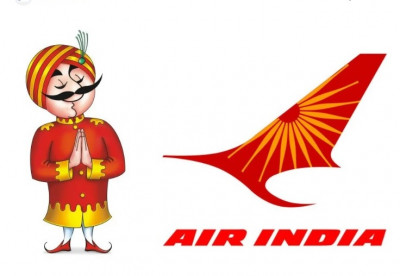
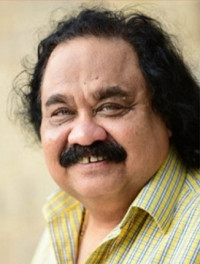
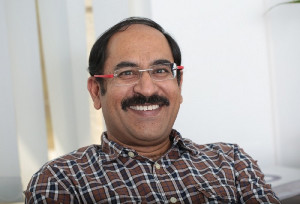


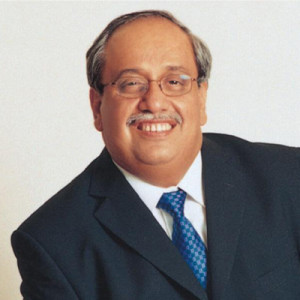
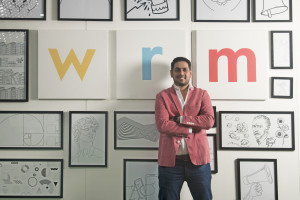
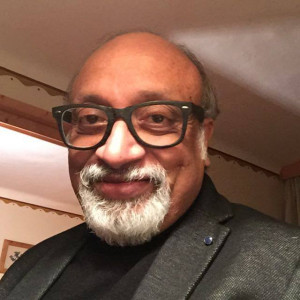






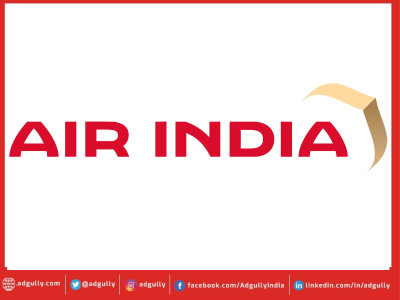





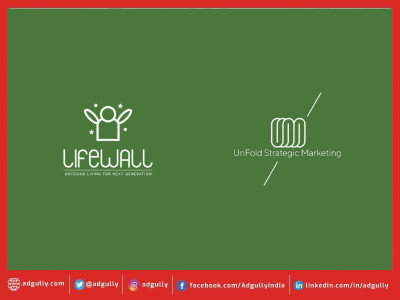



Share
Facebook
YouTube
Tweet
Twitter
LinkedIn